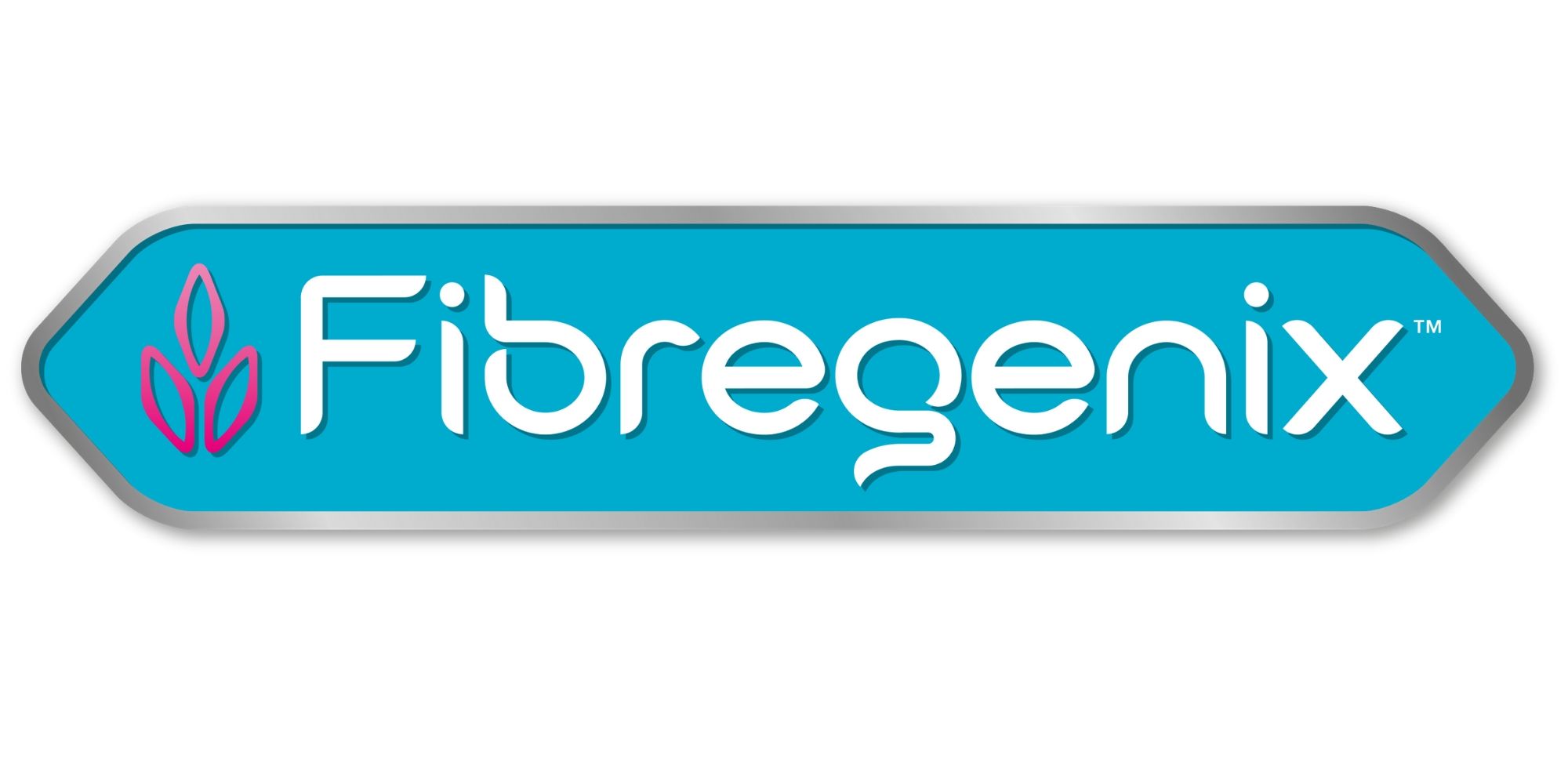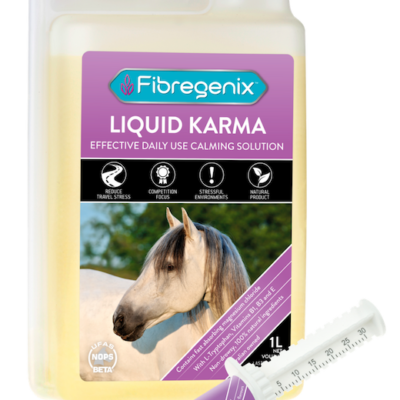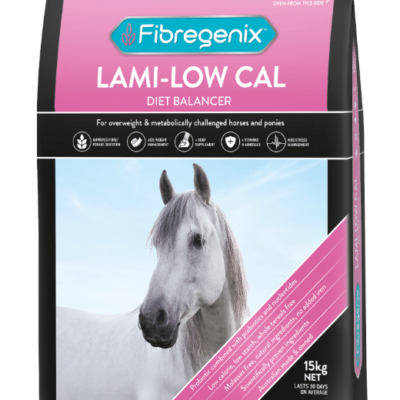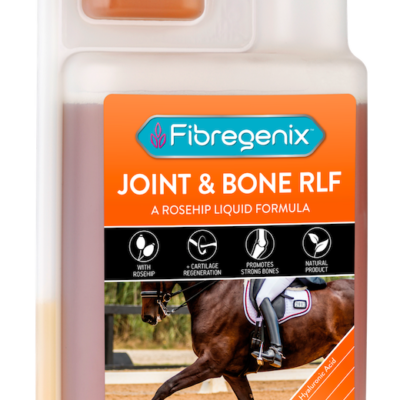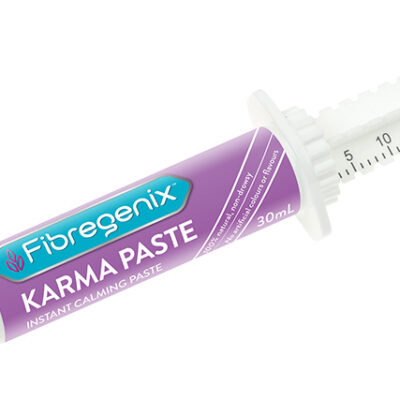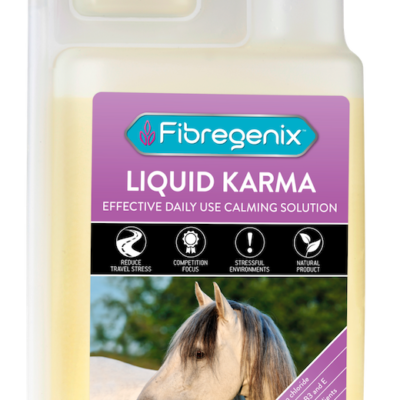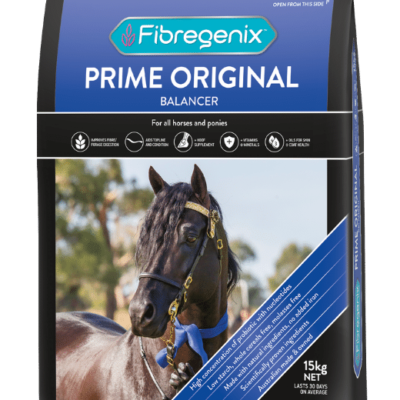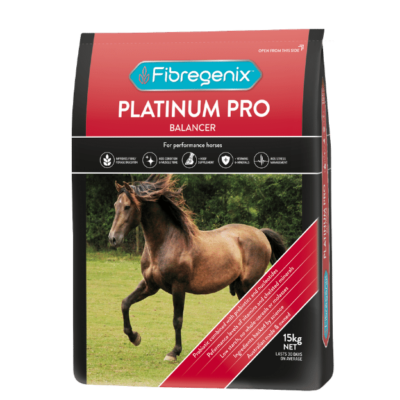Aug 27, 2019
The jury is out as to whether a yeast probiotic can positively affect the gram positive bacteria (the ones that produce acid). However, as the yeast has to pass through the stomach before it gets to work on the hind gut, it is possible that this could help from this point of view. So although we can’t say ‘your horse will not get ulcers when fed on Prime Original’, we can help you to alter your feeding regime accordingly to help reduce the risk. Hence reduced amounts of hard feed and lots of fibre, combined with the digestive aids in Fibregenix to generally help to settle the gut.
Yeast is a biological buffer, so it takes slightly longer to work than pouring alkaline solution down a horse’s throat. The yeast manipulates the bacterial population in the hind gut, increasing the number of fibre digesters as well as increasing the number of lactate utilising bacteria.
Another advantage is the inclusion of purified nucleotides. Nucleotides play a role in improving cell turnover, repair and growth. They optimize the natural protective mechanisms of the mucosal lining, helping to maintain a healthy GI tract. Supplementing a horse’s diet with nucleotides increases mucosal thickness and protein levels through increased availability of genetic precursors. Therefore Fibregenix may play a valuable role alongside veterinary treatment, in recovery/repair of the gastric mucosal lining affected by ulcers.
Aug 27, 2019
My performance horse is in hard work six days a week but I am worried which balancer to put him on as if he is just on fibre and Fibregenix will he get enough energy for his high requirements?
Firstly, let’s be quite clear – Fibregenix feed balancers are additives/supplements and not a standard hard feed. This means they won’t provide the calories (energy) needed for more intense work. We wouldn’t normally expect a performance horse in regular hard work to be overweight. However, whilst insulin resistance is more commonly linked to obesity and laminitis, it’s not just a an issue in overweight horses. Even a fit eventer can be insulin resistant as it’s an abnormal metabolic state. If your performance horse is carrying a few too many kilos and has insulin resistance then give him Lami Low-Cal. Once the weight has been lost then Platinum Pro is fine as it will help to provide those extra nutrients that a hardworking horse needs.
Next, ensure there is sufficient fibre in his diet, preferably with an NSC value of less than 10%. This will form the bulk of his calorie/digestible energy intake. You can also add some oil. Both fibre and oil will provide cool digestible energy. We always suggest simple veggie oil or a cold pressed or equine approved linseed oil. Starch intake will of course need to be limited to no more than 2g per kg of the horse’s bodyweight to avoid overloading the hindgut. Split feeds into smaller portions, and look for low starch feed mixes. Don’t forget, soluble fibres such as beet pulp can also provide medium energy and are a good substitute for grains.
Aug 27, 2019
I really ought to feed her Lami Low-Cal but I thought she is supposed to be on Prime Original. Will she still get enough of a top up of nutrition for herself and the foal whilst she is on Lami Low-Cal?
It’s always instinctive to presume a broodmare must need ‘more’, and this is why a lot of them are overweight to start with. Particularly in the early months of pregnancy. We would always recommend Lami Low-Cal for any overweight horse – regardless of their individual circumstances. An overweight broodmare is certainly not ideal. As we don’t want to promote further weight gain, Lami Low-Cal is definitely the way forward to help keep those essential nutrients up during pregnancy without providing extra calories.
Depending on how her weight goes over the first 6 months would then determine whether or not to swap her to Prime Original for the last 3 months. If she is still quite a bit overweight it’s a good indication that she’ll have plenty to give to the foal once it arrives. So I would suggest continuing with Lami Low-Cal throughout the pregnancy. If she has lost some weight then she could be swapped to Prime Original as she is likely to lose further weight once she is feeding her foal.
Just as you would if feeding Prime Original, the amount of Lami Low-Cal can always be increased by 100g per day on top of the usual recommended feeding rate for the last 3 months of gestation, but if the mare is overweight this often isn’t necessary.
Aug 27, 2019
Nucleotides are nucleic acid, and are the building blocks of DNA and RNA, so any cell that replicates (which is pretty much all cells!) will replicate DNA and RNA to do so – i.e. repair from an injury/improving the villi that line the digestive tract to aid nutrient absorption/aid the repair of the laminae following laminitis – nucleotides help speed this process up. As nucleotides will improve the production of red blood cells it also means more oxygen to working muscles = reducing lactic acid production = promoting fitness and stamina = reducing recovery rates.
Aug 27, 2019
In the balancers it’s magnesium oxide. This is because you don’t need as fast an absorption rate as you would do with our calmers.
In the calmer products, it’s water-soluble magnesium chloride, which is the most bioavailable form of magnesium.
